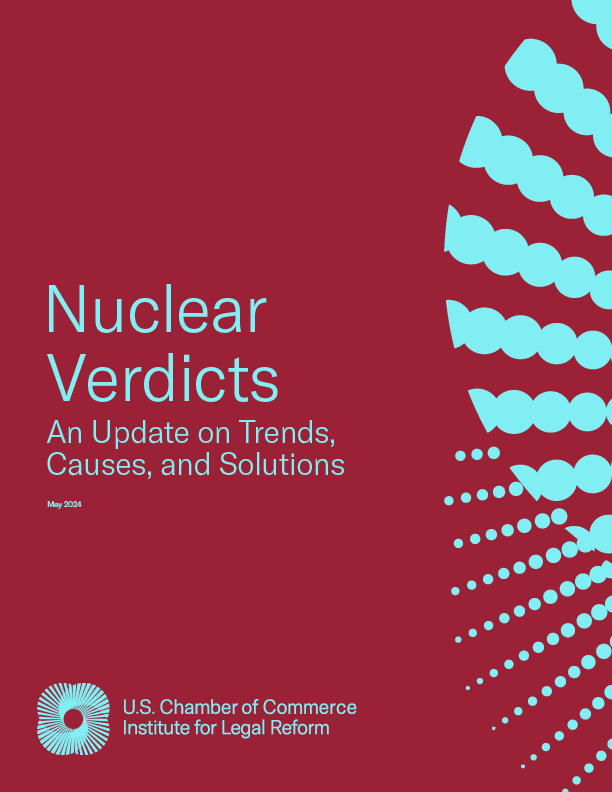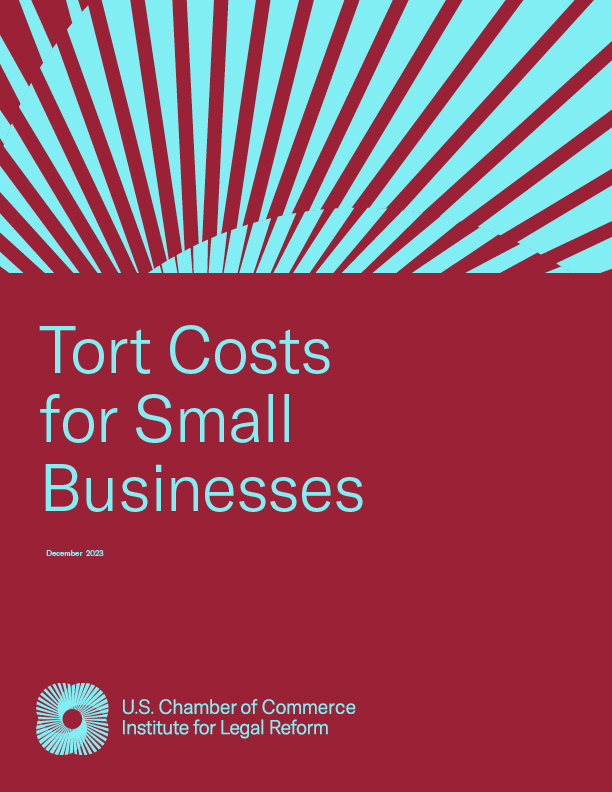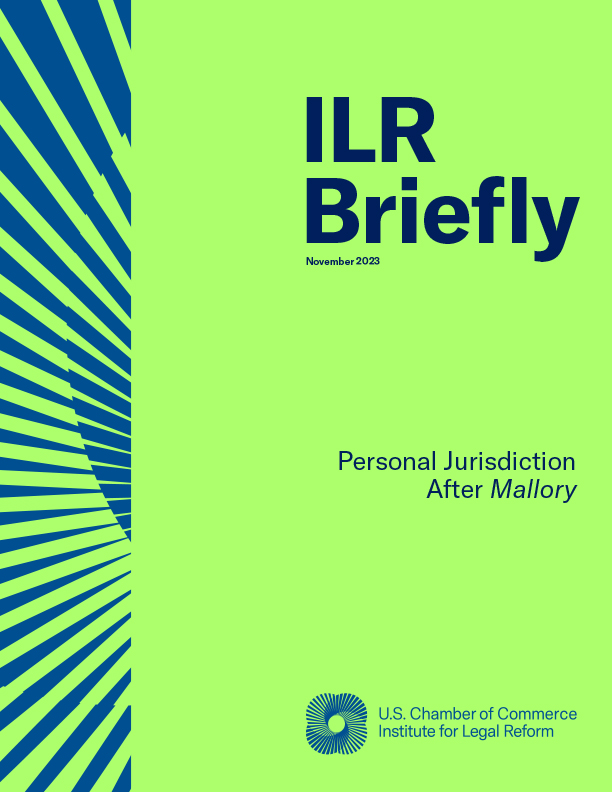Multidistrict proceedings are supposed to enhance the fair and efficient litigation and resolution of large controversies. In theory, they concentrate multiple lawsuits involving the same subject before one court, and the court helps the parties streamline the litigation by, for example, entering pretrial orders that apply in every case, rather than having many different courts address the same issues over and over again. Through the use of bellwether trials, these courts can help the parties obtain the information they need about the strength of the claims pool and thereby facilitate a more efficient resolution of all claims.
Unfortunately, multidistrict litigation (MDL) practice is not living up to the theory: MDL proceedings are morphing from a procedural device that is intended to create efficiencies in civil litigation (particularly pretrial discovery) into lawsuit magnets. This is, in large part, because plaintiffs’ counsel have increasingly been able to turn the chief virtue of MDL-the efficiencies gained from resolving pretrial matters in the aggregate-into a significant vice.
Through aggressive advertising and highly sophisticated client recruitment strategies, plaintiffs’ counsel have been able to use the existence of multidistrict proceedings to attract claims of dubious merit. And because multidistrict proceedings by design have tended to prioritize global issues over individual ones, plaintiffs’ counsel have successfully warehoused meritless claims and shielded them from judicial scrutiny in a way they never could if all the cases were being tried individually.
This paper addresses the aggressive solicitation of clients by lawyers and outside groups; the frivolous (and sometimes fraudulent) nature of many lawsuits filed in MDL proceedings; the settlement pressure inherent in MDL proceedings that defendants face; and various case management and other meaningful proposals under which plaintiffs’ counsel would be barred from parking meritless lawsuits in MDL proceedings that waste the parties’ and the courts’ time and resources.
View PDF


